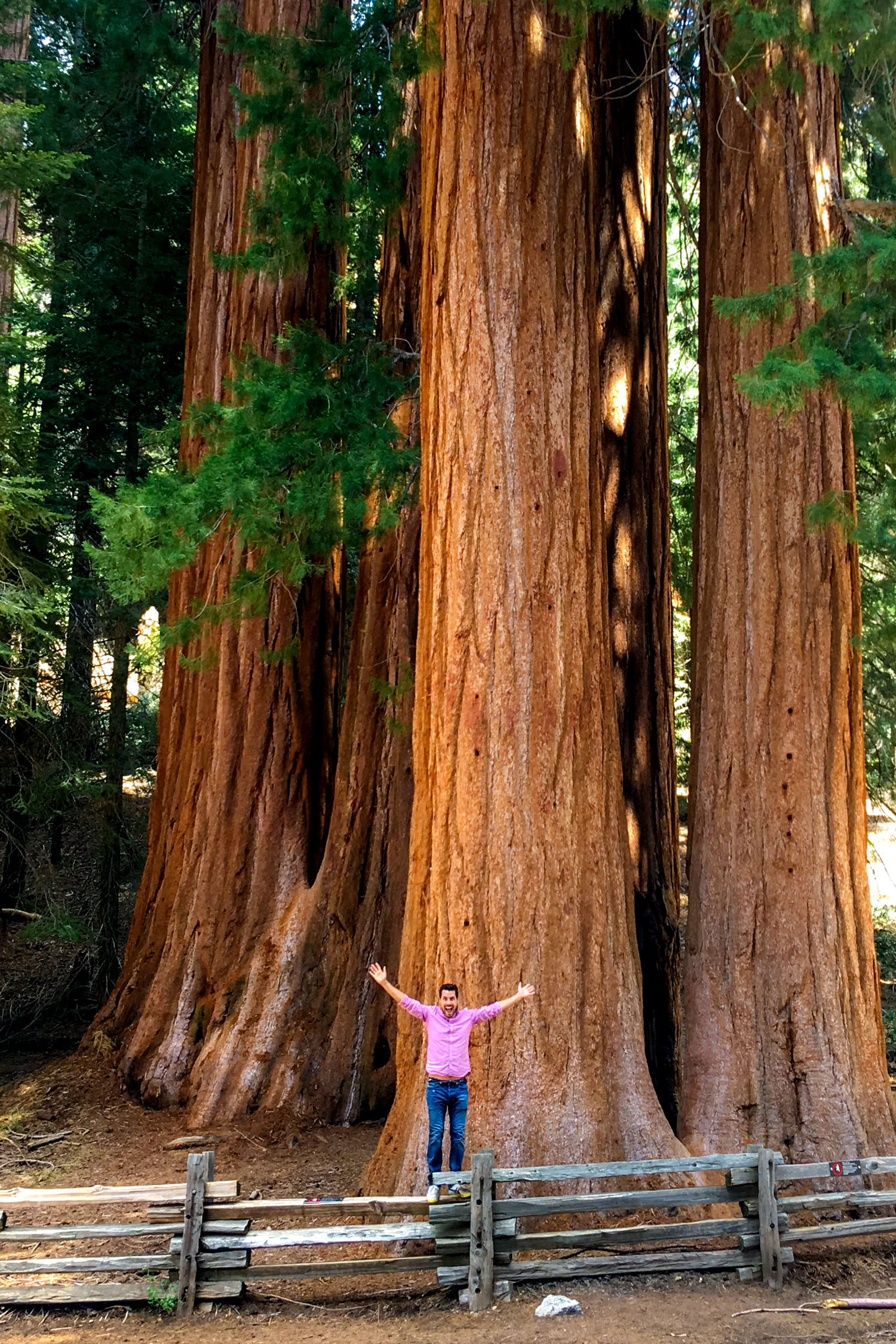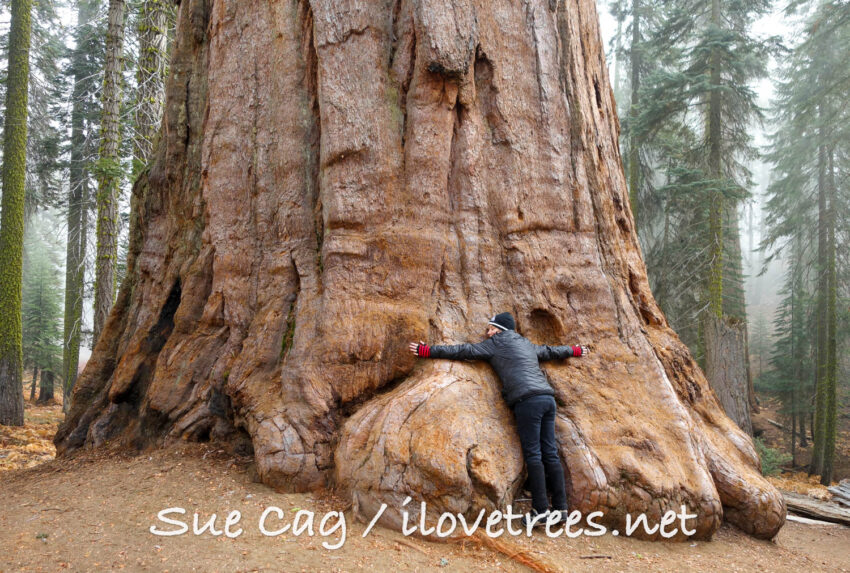Sequoia National Park Map-- Navigating the Giant Trees and Trails
Sequoia National Park Map-- Navigating the Giant Trees and Trails
Blog Article
Discover the Diverse Wild Animals Habitats Within Sequoia National Forest
Sequoia National Park is an environmental prize, showcasing a remarkable array of wildlife environments that add to its abundant biodiversity. From the stunning giant sequoia forests to the diverse alpine meadows, each atmosphere plays a critical duty in supporting various types, consisting of both typical and unusual animals.
Review of Sequoia National Park
Sequoia National forest, snuggled in the southerly Sierra Nevada chain of mountains of California, is renowned for its spectacular landscapes and looming giant sequoias. Established in 1890, it is one of the oldest national forests in the USA, committed to protecting the all-natural appeal and eco-friendly stability of this unique area. The park incorporates over 404,000 acres of varied terrain, featuring majestic hills, deep canyons, and lush meadows.

Visitors can discover countless treking routes, ranging from leisurely strolls to tough backcountry paths, each offering a special perspective of the park's majesty. With its combination of natural marvels and leisure opportunities, Sequoia National forest serves as a vital shelter for both wild animals and those seeking to get in touch with nature.

Major Wildlife Habitats
The diverse landscapes of Sequoia National Park create a mosaic of wildlife habitats that sustain an abundant variety of varieties. These habitats range from lavish meadows and dense forests to rough towering zones and extensive river valleys, each offering one-of-a-kind eco-friendly particular niches.
One famous environment is the gigantic sequoia woodland, identified by towering trees and an abundant understory, which supports various creatures, birds, and insects. The combined conifer woodlands, composed of types such as sugar ache and white fir, deal additional sanctuary and food sources for wild animals.
Meadows and meadows play a vital duty in the park's ecosystems, serving as important foraging grounds for herbivores like deer and small mammals. These open areas also attract varied bird species, specifically during movement periods.
The park's greater altitudes include towering environments, where conditions are harsh and varieties are adapted to make it through in such extremes (Sequoia National Park hour). Here, one can find distinct flora and fauna that thrive in rocky, chilly environments
Vegetation and Fauna Diversity
Within the varied environments of Sequoia National forest, an exceptional variety of flora and fauna coexists, showcasing the elaborate connections that maintain the park's biodiversity. The park is home to over 1,300 plant species, including the legendary large sequoias, which are amongst the largest and oldest trees in the world. These impressive trees provide vital habitat and food resources for different wildlife, fostering a complicated web of eco-friendly communications.
Pet types in Sequoia National Park are equally varied, with environments varying from lowland foothills to high alpine settings. Creatures such as black bears, mule deer, and bobcats grow in this abundant community, while avian types, including the marvelous golden eagle and the elusive spotted owl, poise the skies. Amphibians and reptiles, like the Sierra newt and the western rattlesnake, additionally play vital functions in preserving eco-friendly equilibrium.
The park's unique mix of altitude gradients and microclimates sustains these varied species, highlighting the value of protecting the all-natural habitats that enable such a rich tapestry of life to grow. Recognizing this variety is crucial for valuing the environmental value of Sequoia National forest.
Conservation Initiatives in the Park
Conservation initiatives in Sequoia National Park play an essential function in securing its distinct communities and the diverse varieties that inhabit them. The park uses a multifaceted approach, including habitat reconstruction, types keeping an eye on, and invasive varieties administration. These efforts are vital for maintaining the delicate balance of the park's communities, which include giant sequoias, meadows, and towering environments.
Active reconstruction projects concentrate on improving native plant neighborhoods and rehabilitating abject habitats. Sequoia National Park hour. This is particularly important in areas influenced by human task or natural disturbances such as wildfires. The park's biologists conduct normal monitoring of key types, including the threatened Sierra Nevada bighorn sheep, to analyze population health and educate administration strategies
Invasive types position a substantial risk to the park's biodiversity. Through these detailed initiatives, Sequoia National Park aims to secure its rich all-natural heritage for future generations while making sure the resilience of its diverse wild animals habitats.
Tips for Wildlife Monitoring
Observing wildlife in Sequoia National forest provides a distinct possibility to connect with nature and appreciate the diverse species that grow in this impressive environment. To maximize your wild animals observation experience, consider a number of essential ideas.
Firstly, strategy your go to throughout morning or late afternoon, as these times are most energetic for several animals. Bring field glasses to observe wildlife from a secure range without disrupting their all-natural actions. In addition, acquaint yourself with the varieties you want to see; recognizing their practices and environments can boost your chances of finding them.
Perseverance is important; wild animals monitoring commonly calls for waiting silently and being conscious of your environments. Remain on assigned trails to minimize your impact on the ecological community and ensure your safety sites and security. It is additionally a good idea to keep a considerate range from animals, preventing any actions that might worry them or interrupt their atmosphere.
Last but not least, think about signing up with assisted excursions led by well-informed park rangers. These experts can supply important insights and increase your possibilities of witnessing wild animals in their all-natural settings. By adhering to these tips, you can enrich your experience and contribute to the conservation of Sequoia's wildlife.

Conclusion
Sequoia National forest works as a crucial haven for diverse wild animals, showcasing an exceptional variety of habitats that support many types. The interplay in between gigantic sequoia woodlands, mixed conifer timberlands, fields, and towering regions promotes a rich eco-friendly tapestry. Recurring preservation efforts are necessary for protecting these environments and the special plants and fauna that occupy them. Ultimately, the park's biodiversity emphasizes the importance of keeping such natural landscapes for future generations.
Please visit one of our local supporters - Wholesale Liquidation Pallet Original Jordan Shoes
Report this page